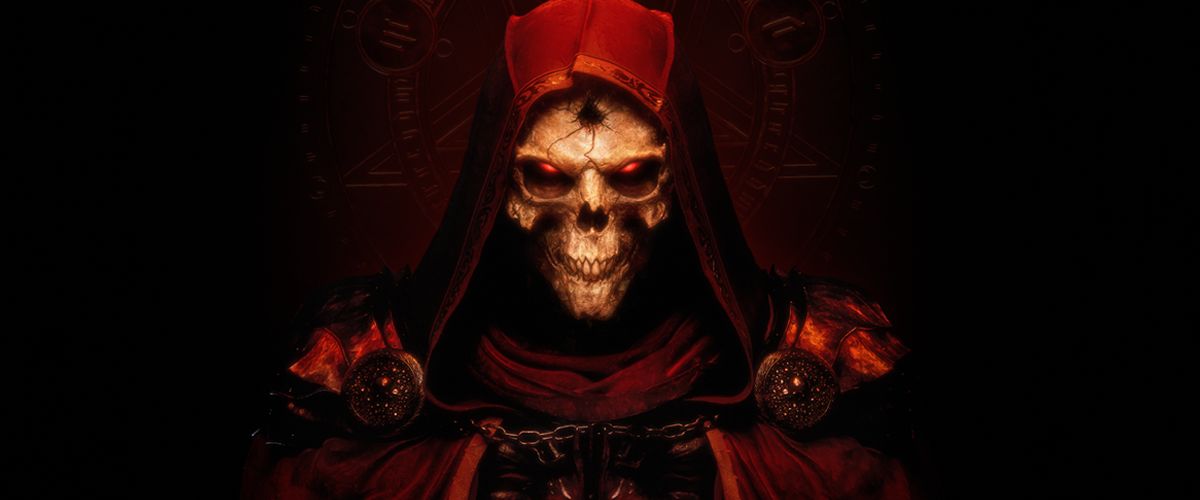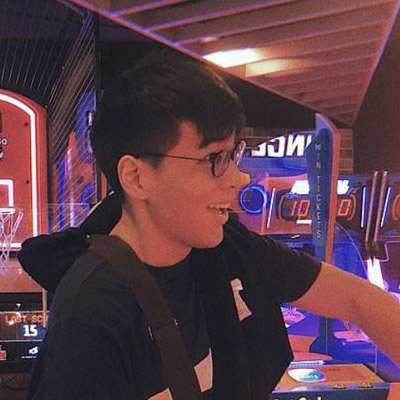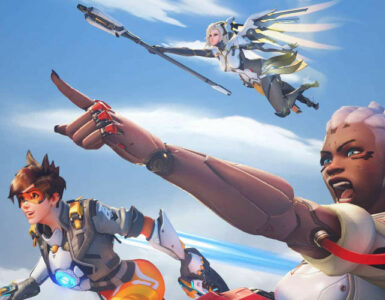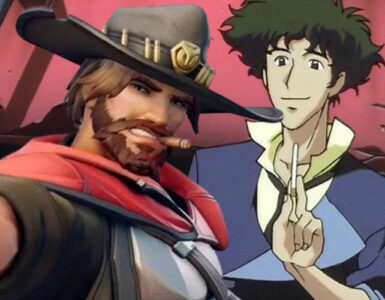According to Robert Gallerani, the Studio Design Director of Blizzard Entertainment, Diablo II: Resurrected has a straightforward goal – to recreate the Diablo II experience “true to what [players] remember”. This means that the developers have put themselves in an unenviable position of trying to capture an experience that’s part of a gaming phenomenon from two decades ago in a modern context.
Part of this attempt at modernising the hype around the game comes from the new trailer, which stars Simu Liu, the man of the hour following the box office success of Shang-Chi and the Legend of the Ten Rings.
While the fidelity of the game itself is definitely of utmost importance, there are certain aspects of the culture surrounding the way players engage with the game that are much harder to replicate. And one of the features that fans will be keeping a close eye on is the allowance for modding.
Mods have been an integral part of the Diablo II community, with fans making quality-of-life improvements, tweaking the skill system, rebalancing the difficulty, and even making new content for other players to enjoy. They are one of the key reasons behind the original Diablo II’s longevity and why the game still has a decent playerbase even today. Hence, the extent to which Diablo II: Resurrected will support the modding community goes a long way in determining how close Blizzard will get to their goal.
As expected, the remaster won’t be able to give modders complete and absolute freedom in tinkering with the game as they wish. Diablo II: Resurrected will allow for mods that adjust and change data, such as enemy health points, making new items, and modifying how skills work. However, mods that inject new code into the game, or those that involve editing the code itself won’t be allowed. The developers have switched many of the hardcoded parts of the game into data, which will make more modding options available and also make modding itself more accessible.
While this is a gesture that speaks to how much the developers understand how integral modding is to the game, this level of allowance will not be enough for some modders in the community. After all, this mod support means that there are limits to what modders can do, determined by how much leeway Blizzard is willing to give. This is in contrast to how modders can play around with the original, where they can literally tear every line of code apart and rebuild the game from the ground up. There is no way to please everyone, it seems.
Even if the visuals of the game are updated to better reflect the original vision for the project, and even if the developers perfectly nail down the game feel, there is no way to clone the cultural context and the expectations of the gaming scene back then.
It is perhaps better to see Diablo II: Resurrected as an attempt to preserve a classic game by making it more appealing and also accessible to gamers both old and new while remaining faithful to it, a way to make a romanticised time capsule reality. The community and the discussions around the game won’t be the same or feel the same as the ones surrounding the original, but at least while players are playing the remaster, they can transport themselves back to the early 2000s even with their modern sensibilities.















